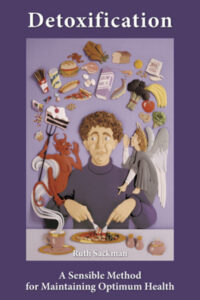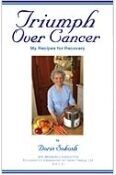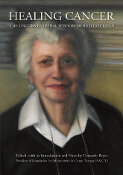The Skin
The skin is the largest organ of the body and due to its placement is subject to the most exposure and wear. It is the poorest nourished – additional feeding is the best care.
One of our most nourishing foods is (raw) honey. It is digested by the bees as they produce it and is ready to be assimilated by the body as soon as it is taken in. Honey applied to a skin break will heal the wound faster and with less scar tissue formation than any other application. Place a teaspoon of honey in an eight ounce glass of water – stir until the honey is dissolved and it is ready to use. The water is absorbed or evaporates leaving a thin layer of honey to be absorbed or cover the outside of the cells with a nutritious protective coating. Apply generously all over the body,at night before going to bed is an ideal time. It is especially good for chapped hands and rough skin. Keep the mixture cool as the diluted honey will start to ferment if not used in a few days.
To make a quicker drying solution mix the honey with rubbing alcohol. Shake well. If this mixture irritates tender skin or some parts of the body, dilute the rubbing alcohol with water – half and half. Rub in well.
This skin tonic is also nature’s own deodorant Apply to any and all parts of the body and feet. Odor causing organisms cannot live in pure honey and coating the skin with a honey covering greatly restricts their activity.
Ralph R. Hart
The Spice of Life
Ginger, the ancient spice mentioned in the Jewish Talmud and described by the explorer Marco Polo, is under investigation by 20th Century scientists interested in its potential medicinal properties.
This sandy-colored, tubular root has been studied in recent years with mixed results for a variety of applications, from easing migraine pain and treating burns to preventing ulcers, cancer and heart disease.
Ginger contains the fungicide, chavicol, and the bactericide, myrcene. A 1989 study of Danish women suggests ginger may help reduce the risk of heart attack and stroke, while a 1990 British study found that specially prepared capsules of gingerroot powder given before surgery eased the queasy aftereffects of general anesthesia in 60 women who underwent gynecological operations.
The latest research says…
…That garlic can do even more than reduce the risk of cardiovascular disease and cancer (as reported to 1990’s First World Congress on the Health Significance of Garlic and Garlic Constituents sponsored by Nutrition International, Pennsylvania State University, and the U.S. Department of Agriculture). Now, additional research indicates that a compound in the gourmet chefs favorite bulb can kill tumor cells grown from human colon, lung and skin origins. Sujatha Sundaram, a Penn State doctoral student in nutrition, found during her research that diallyl disulfide (DADS), an oil-soluble sulfur compound present in processed garlic, depressed the growth of those three types of human cancer cells or killed them altogether.
Modern Maturity, Jan/Feb ’95
Microbe-Phobia
The teaching of the early bacteriologists was directed towards showing that microbes were agents of disease. In the views of such pathologists, it was implicit that once the microbial cause was tracked down, the discovery of the cure would not long be delayed. This has been a false hope in most instances…
Nothing I have written should be taken to detract from the need of avoiding the cruder forms of infection. But let me suggest that fear of microbes is an old-fashioned notion, and that the microbial part in disease is not the aspect of microbes deserving the most attention. Even the worst epidemic leaves survivors…The question that is still unsolved is not why ten die and a hundred fall ill, but why thousands fail to get the disease? You will note that it has been left to a non-medical bacteriologist to propound a fundamental question about health.
Hugh Nicol: Microbes by the Millions





